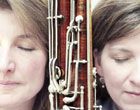| CONSTANCE MEYER Articles |
|
The bassoon: Symphonic spine
Elusive but essential, the instrument gives its fellow woodwinds a bracing backbone. 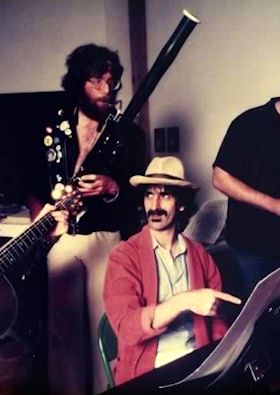 June 5, 2005 | by
Constance Meyer
| The Los Angeles Times June 5, 2005 | by
Constance Meyer
| The Los Angeles Times
FRANK ZAPPA once wrote, "The bassoon is one of my favorite instruments. It has the medieval aroma -- like the days when everything used to sound like that.... It's a great noise -- nothing else makes that noise." Zappa with John Steinmetz Nothing else resembles the bassoon either. It's the ungainly woodwind whose top you can glimpse sticking above the heads of most musicians in the orchestra (which typically has four bassoons) and is rimmed in metal or white. It's a double-reed, like the oboe and the English horn, but its reed is attached to a long, curved stem, which is attached in turn to an 8-foot-or-so tube folded back on itself. When taken apart, the whole thing has five sections.
Says Rose Corrigan, principal bassoonist with the Pacific Symphony and the Hollywood Bowl Orchestra: "Your left thumb alone has nine different functions."Off the radar
As Munday puts it: "Being a bassoon player and the subject of investigation is like being one of those bottom feeders in a Jacques Cousteau special. You're going about your life scraping around in the dark and then bam! The lights come on, and you're blinded by unaccustomed curiosity that is usually reserved for finer fish."
"We hold the whole thing together. Aside from holding up the bottom of the four main woodwind instruments, we modify our colors, and in the process, suddenly it's not a flute and a bassoon, it's a 'flassoon.' And the combination of clarinet and bassoon is a 'bassinet.' The same thing with the oboe. It's our job to make these instruments into something altogether different. A good bassoon player has to have an ear for color and has to be a good ensemble player."
Asked about the price of a bassoon, Farmer laughs. "A high-end bassoon can cost as much as $35,000. I know for a string player that's not expensive, but for a wind instrument, it is -- especially when you consider that we spend all this money to play an instrument nobody can hear!"An exclusive club
"Still, Breidenthal -- whose 2002 CD, "Bassoon Power," includes several pieces he commissioned -- says "today's symphony orchestras require almost limitless technical ability of the musicians," and bassoonists are no exception. Farmer, like Corrigan a USC faculty member who routinely prepares students to go out and audition for jobs, points out that not only is the bar constantly rising but, as more and more orchestras go under, more and more people are becoming musicians and vying for fewer and fewer positions.
"The Rite of Spring," (at Met Opera, left) which begins with the high voice of a lone bassoon, premiered in 1913, so one might think that how to play that opening solo would be an open-and-shut case. Instead, the question continues to be debated. Says Steinmetz: "Stravinsky supposedly complained later in life that he should have written it even higher, because bassoon players were getting too good at it and the feeling he wanted was of a landscape bound by ice, where spring was struggling to break through. Sometimes, what the composer wants is for something to sound raw, uncivilized and difficult. But as a professional musician, you want to always seem civilized and accomplished."Farmer recalls one conductor who complained, "It used to sound like a struggle. Now everybody plays it as if it's easy." In general, Corrigan feels, the bassoon "has two very distinct characters: It can sound hollow in a haunting, almost eerie, melancholic way, and it can also sound animated, even silly." She thinks that if people recognize the sound at all, that's most likely thanks to the character of the Grandfather in Prokofiev's "Peter and the Wolf."
Steinmetz speaks fondly of Bach's bassoon parts "in many of his cantatas, his 'St. Matthew Passion' and the B-minor Mass." He also mentions Vivaldi, "who taught at an all-girls school in Venice and wrote at least 38 bassoon concertos. And they're hard music." The players, he says, "must've been really good." Farmer, for her part, articulates every bassoonist's sentiment: "Probably our most beautiful work is the Mozart Bassoon Concerto. And we're so grateful to have it." Steinmetz adds that the bassoon "is used very effectively in opera, not just in 'The Marriage of Figaro,' and for different effects. For instance, in Donizetti's screwball comedy 'The Elixir of Love,' the tenor love aria is introduced by the harp and bassoon. In Richard Strauss' opera 'Die Frau Ohne Schatten,' the bassoon plays a very low, mysterious and gloomy solo when two important characters are locked in a dungeon."
Zappa agreed: "Some people crave baseball -- I find this unfathomable -- but I can easily understand why a person could get excited about playing a bassoon."
|
|
This amazing photo of Judith Farmer & Rose Corrigan, by Beatrice de Gea, was in the LA Times article:
|
|
|
|
Copyright 2005 Constance Meyer. All rights reserved
|
|
|
|
|
|
|
|
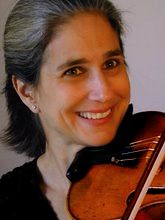
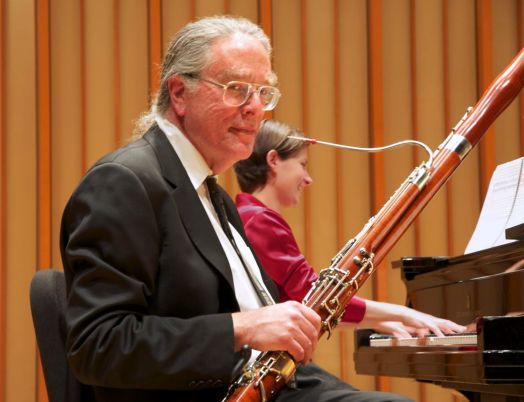
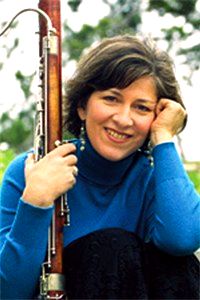 When it came to the bassoon, though, "because the tube is so long, the holes would be farther apart than the fingers can reach, so instrument makers drilled the holes at an angle. They come to the outside where your fingers can reach, and they go
to the inside at the place that makes the correct note. Eventually, metal keys were added, so your finger can cover up a hole that is very far away."
When it came to the bassoon, though, "because the tube is so long, the holes would be farther apart than the fingers can reach, so instrument makers drilled the holes at an angle. They come to the outside where your fingers can reach, and they go
to the inside at the place that makes the correct note. Eventually, metal keys were added, so your finger can cover up a hole that is very far away." Bassoons weigh about 7 1/2 pounds.
Bassoons weigh about 7 1/2 pounds.
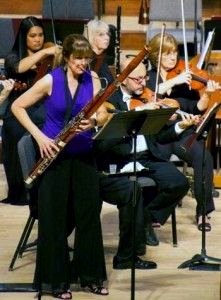 Others echo that.
Others echo that.
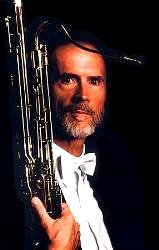 Yet
Yet
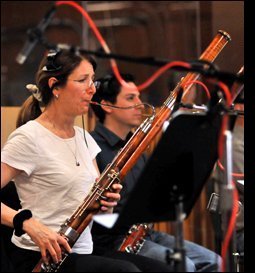 Says Munday: "You can create magic if you know what you're doing. Bassoon players are very intense about having good technique, playing solos and practicing things over and over, because it's difficult technically. But most of the time, it doesn't
make a difference. It's a bit upsetting. You don't get many strokes for being a bassoon player. It's an instrument that is usually too soft except when it's too loud. The dynamic range is very narrow."
Says Munday: "You can create magic if you know what you're doing. Bassoon players are very intense about having good technique, playing solos and practicing things over and over, because it's difficult technically. But most of the time, it doesn't
make a difference. It's a bit upsetting. You don't get many strokes for being a bassoon player. It's an instrument that is usually too soft except when it's too loud. The dynamic range is very narrow."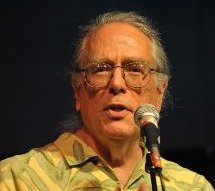 If there is a Sisyphean aspect to playing the bassoon, there is also an inherent perk. Right off the bat,
If there is a Sisyphean aspect to playing the bassoon, there is also an inherent perk. Right off the bat,
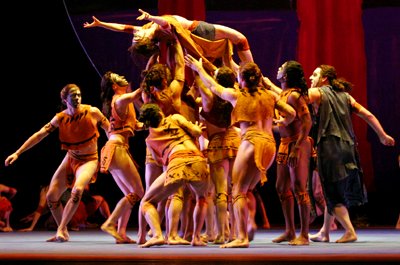
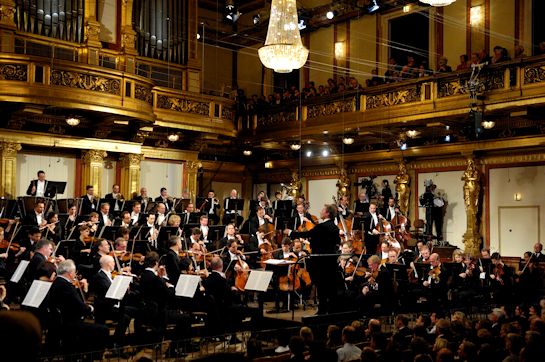 When the
When the
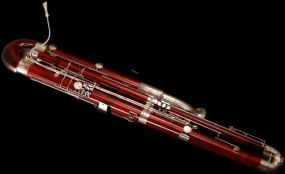 In his sunny music room in La Crescenta, Munday lovingly surveys what he calls his "gaggle" of bassoons -- among them a contrabassoon, or double bassoon, whose case resembles a casket more than an instrument container. He sifts through numerous
reeds, separating them
In his sunny music room in La Crescenta, Munday lovingly surveys what he calls his "gaggle" of bassoons -- among them a contrabassoon, or double bassoon, whose case resembles a casket more than an instrument container. He sifts through numerous
reeds, separating them
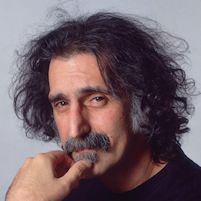 according to the Baroque, Classical and modern periods. "It's a really dorky instrument," he observes. "When you first look at it, if you have a chance to play the guitar, a chance to play other stuff, why the bassoon?
Well, if you seek a certain frequency, it provides that."
according to the Baroque, Classical and modern periods. "It's a really dorky instrument," he observes. "When you first look at it, if you have a chance to play the guitar, a chance to play other stuff, why the bassoon?
Well, if you seek a certain frequency, it provides that."